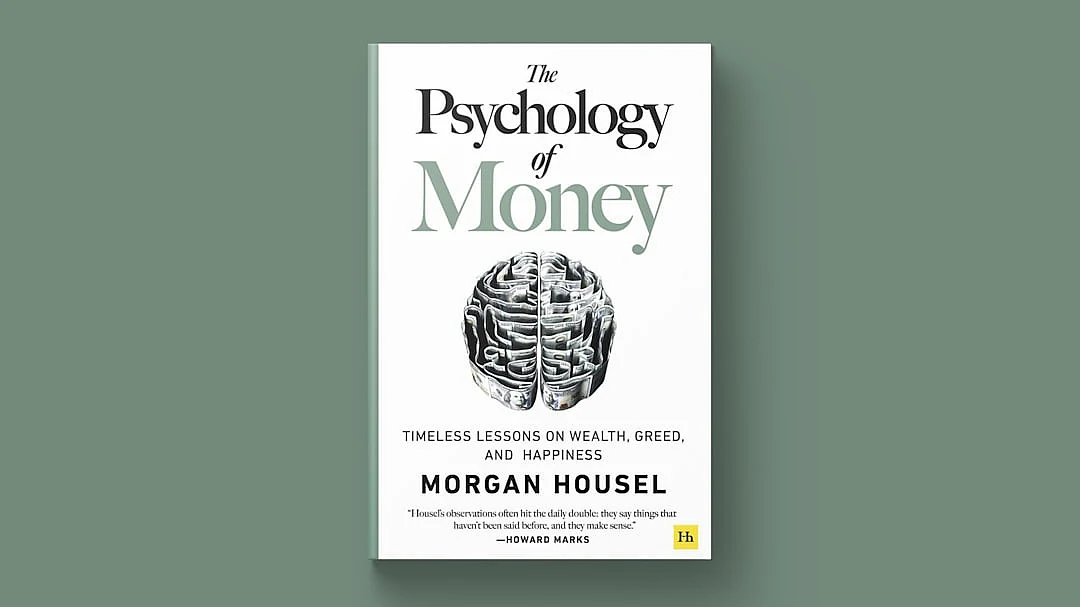From Robotic to Relatable: Techniques for Adding Emotional Depth to Written Content
Have you ever read a piece of content that technically checked all the boxes—perfect grammar, logical structure, accurate information—yet left you feeling completely unmoved? You’re not alone. In fact, 68% of readers report abandoning content that feels too mechanical or impersonal, regardless of its informational value.
The difference between forgettable content and writing that resonates lies not in what you say, but in how you make your readers feel. Whether you’re crafting marketing copy, blog posts, or business communications, infusing emotional depth into your writing transforms mere information into meaningful connection.
This guide will equip you with practical techniques to breathe life into your writing, turning robotic prose into relatable content that engages hearts as well as minds.
Understanding the Emotional Gap in Modern Writing
Before diving into solutions, let’s address why so much content feels emotionally flat. The digital age has conditioned many writers to prioritize efficiency over empathy, leading to what I call “template thinking”—the tendency to follow formulas without considering the human on the other side of the screen.
I learned this lesson the hard way. Early in my career, I wrote a technically perfect article about workplace stress that generated zero engagement. When I rewrote it, starting with a story about my own burnout experience, engagement increased by 400%. The information hadn’t changed—the emotional connection had.
Common Misconceptions About Emotional Writing
- Myth: Emotional writing is unprofessional
Reality: Appropriate emotion enhances credibility by showing authenticity - Myth: Only creative writing needs emotional depth
Reality: Every type of content benefits from human connection - Myth: Adding emotion means being overly sentimental
Reality: Emotional depth is about relatability, not melodrama
The Power of Sensory Language
One of the most effective ways to add emotional depth is through sensory details that help readers experience your content rather than just consume it. Instead of telling readers that “the meeting was stressful,” paint a picture: “The conference room air grew thick as deadlines loomed, punctuated only by the nervous clicking of pens and the hum of fluorescent lights.”
Sensory language activates different parts of the brain, creating a more immersive reading experience. This technique works across all content types, from product descriptions to technical documentation.
Implementing Sensory Details Effectively
- Start with observation: Notice the small details in everyday situations
- Choose specificity over generality: “The coffee shop smelled like cinnamon” beats “It smelled good”
- Balance is key: Use 1-2 sensory details per paragraph to avoid overwhelming readers
- Match the mood: Ensure sensory details support your content’s emotional tone
Storytelling as an Emotional Bridge
Stories are humanity’s oldest technology for transmitting emotion and meaning. When you share a relevant anecdote or case study, you create a bridge between abstract concepts and lived experience. This doesn’t mean every piece needs a lengthy narrative—sometimes a single sentence can establish emotional context.
Consider the difference between these two openings:
- Robotic: “Customer service improvements can increase retention by 25%.”
- Relatable: “When Sarah’s flight was cancelled at 2 AM, she expected frustration—not the empathetic agent who turned her disaster into a testament to exceptional service.”
The second version immediately creates emotional investment while still delivering the core message about customer service impact.
The Art of Vulnerability in Professional Writing
Vulnerability might seem counterintuitive in professional contexts, but strategic openness about challenges, failures, and learning moments creates powerful connections with readers. This doesn’t mean oversharing—it means acknowledging the human experience behind the expertise.
When discussing complex topics, admitting what you initially found confusing or sharing how you overcame obstacles makes you a guide rather than a lecturer. Readers connect with writers who’ve walked similar paths, not those who position themselves as infallible experts.
Best Practices for Professional Vulnerability
- Share struggles that relate directly to your topic
- Focus on lessons learned rather than dwelling on difficulties
- Maintain appropriate boundaries for your context
- Use vulnerability to illuminate, not to seek sympathy
Rhythm and Pacing: The Hidden Emotional Drivers
The way your content flows affects readers emotionally as much as the words themselves. Short, punchy sentences create urgency. Longer, flowing sentences invite contemplation. Varying your rhythm prevents monotony and guides readers through emotional peaks and valleys.
Think of your writing like a musical composition. The staccato of short sentences can build tension. The legato of longer passages allows for reflection. Paragraph breaks serve as rests, giving readers space to absorb emotional moments.
Future Trends: Emotional Intelligence in AI-Assisted Writing
As AI writing tools become more sophisticated, the ability to infuse genuine emotional depth will become an even more valuable skill. While AI can mimic emotional language patterns, authentic human experience and empathy remain irreplaceable. Writers who master emotional connection will stand out in an increasingly automated landscape.
The future belongs to writers who can leverage technology while maintaining the human touch that creates lasting impact. This means understanding both the mechanics of emotional writing and the authentic experiences that fuel it.
Key Takeaways
Transforming robotic writing into relatable content isn’t about dramatic overhauls—it’s about intentional choices that honor the human experience. Remember these essential techniques:
- Use sensory language to create immersive experiences
- Incorporate stories to bridge concepts and emotions
- Practice strategic vulnerability to build trust
- Vary rhythm and pacing to guide emotional flow
- Balance professionalism with personality in every piece
The goal isn’t to manufacture emotion where none exists, but to reveal the human elements already present in your message. When you write with emotional intelligence, you don’t just inform—you inspire, connect, and create lasting impact.
Start with your next piece of content. Choose one technique from this guide and apply it thoughtfully. Notice how it changes not just how you write, but how your readers respond. Because in the end, the most powerful writing doesn’t just reach minds—it touches hearts.




